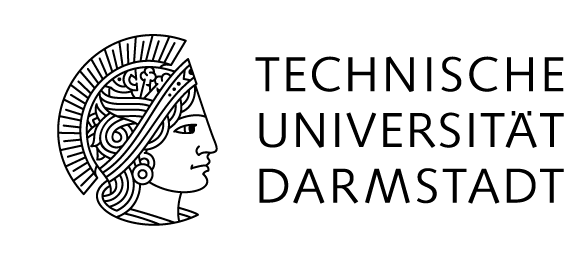Übersicht
Research
Our research interests are centered around the phase diagram of quarks and gluons which are described by Quantum Chromodynamics (QCD). It features a rich phase structure as illustrated below. (Figure by K. Heckmann [arXiv:1111.5475].)
![Click to enlarge Temperature-pressure phase diagram of strongly interacting matter, by K. Heckmann [arXiv:1111.5475]](img/PD.png)
In our group we study mainly the chiral and deconfinement phase transition and matter under extreme conditions. Such extreme conditions have dominated the early universe (high temperatures), are encountered in the inner parts of neutron stars (low temperature, high pressure), and can even be produced in the laboratory (some experiments are indicated with stars in the illustration).
Apart from the details of the phase structure displayed above, members of our group currently study whether (spatially) inhomogeneous matter governs the region around the chiral phase transition at low temperature and how the preferred inhomogeneous phases look like.
As more practical applications of strongly interacting matter, our group also studies the structure of neutron stars and hydrodynamic observables of strong-interaction matter, which are crucial for the understanding of heavy-ion collisions.
A variety of methods is used to investigate the phase structure of QCD. Each has its advantages and disadvantages regarding the accessibility of certain regions of the phase diagram, the computational demands, and the degree of approximation when compared to the original theory. In our group we use
- effective model descriptions: Nambu–Jona-Lasinio model,
- functional methods: Dyson-Schwinger equations, and
- lattice simulations (in collaboration with the group of L. von Smekal).
In order to gain a more complete picture and to understand how the various methods perform in different regions of the phase diagram, it is also instructive to study QCD-like theories. For this reason, members of our group research two-color QCD, a theory that is accessible for lattice simulations even at finite densities.


